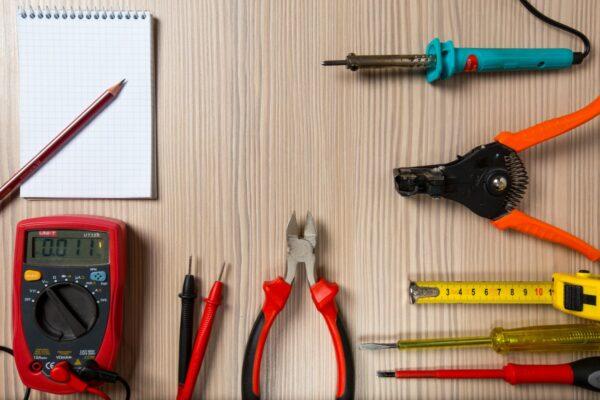
In order to troubleshoot an HVAC system, you need to understand the concepts of superheat and subcooling. This superheating and subcooling troubleshooting guide will walk you through what these terms mean and how to use them to diagnose common problems with your system. With a little bit of practice, you’ll be able to fix most HVAC issues yourself!
For an in-depth look at superheating and subcooling, check out this article.
What are superheat and subcooling? Why do they matter for AC systems?
In order to understand subcooling and superheat troubleshooting, it is first important to understand the concepts of temperature and pressure. Temperature is a measure of the average kinetic energy of particles in a substance, while pressure is a measure of the force exerted by those particles. Together, these two properties determine the state of a substance. For example, water can exist in three states: solid (ice), liquid (water), or gas (steam). The state of a substance can be changed by adding or removing heat.
What is superheat?
Superheat is the name for the heat provided to a substance above the point of saturation. This means that the substance has been heated to a point where it is no longer able to change its state. For example, water can be heated to 100 degrees Celsius and remain a liquid. However, if it is heated to 101 degrees Celsius, it will change to steam. The extra heat above the saturation point is called superheat. Superheat is important for AC systems because it helps to prevent condensation on evaporator coils. If there was no superheat, water vapor would condense on the coils as soon as it came into contact with them. This would reduce the efficiency of the system and could lead to water damage.
What is subcooling?
Subcooling is the name for the heat taken away from a substance under its point of saturation. This means that the substance has been cooled to a point where it is no longer able to change its state. For example, water can be cooled to0 degrees Celsius and remain a liquid. However, if it is cooled to-1 degrees Celsius, it will change to ice. The extra coolness below the saturation point is called subcooling. Subcooling is important for AC systems because it helps to prevent the freezing of refrigerant in the coils. If there was no subcooling, the refrigerant would freeze as soon as it came into contact with the coils. This would reduce the efficiency of the system and could lead to damage of components.
Superheat and subcooling troubleshooting — what should homeowners know?
When troubleshooting superheats or subcooling problems with your AC system, there are a few things you can do on your own. First, check the temperature of the air coming out of the vents. If it is significantly warmer or cooler than the temperature setting on the thermostat, this could be an indication of a problem. Next, check the condenser coil to see if it is dirty or blocked. A dirty or blocked coil can prevent heat from being properly dissipated, leading to superheat or subcooling. Finally, check the refrigerant level in the system. If it is low, this can also prevent heat from being properly dissipated.
What should you do if you cannot deal with the problem by yourself?
If you’re unable to fix the problem yourself, it’s best to call a professional AC repair service. They will be able to quickly diagnose and fix the problem, ensuring that your AC system is running smoothly again.
Tips for keeping your AC system running smoothly and preventing problems with superheat or subcooling in the future
Here are some beneficial tips you can use to keep your AC system in good shape for years to come:
1. Keep your AC system clean. Regularly check and clean the coils and blower fan to prevent dirt and dust buildup. In addition, make sure that the area around your AC unit is free of debris.
2. Make sure your AC system is properly sized. An AC that is too large or small will not cool your home efficiently and can lead to superheat or subcooling problems.
3. Be proactive about maintenance. Get your AC system maintained by a trained professional at least once a year. Doing this will help to identify potential problems before they become major issues.
Superheat and subcooling troubleshooting — Conclusion
If you are currently dealing with any of the problems we’ve outlined in this article, it is best to contact an HVAC expert as soon as possible. They will be able to help diagnose the issue and provide a solution so that you can get your current HVAC system up and running again as quickly as possible.
Thanks for reading today’s troubleshooting guide for superheat and subcooling problems!